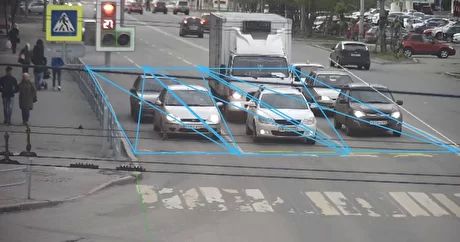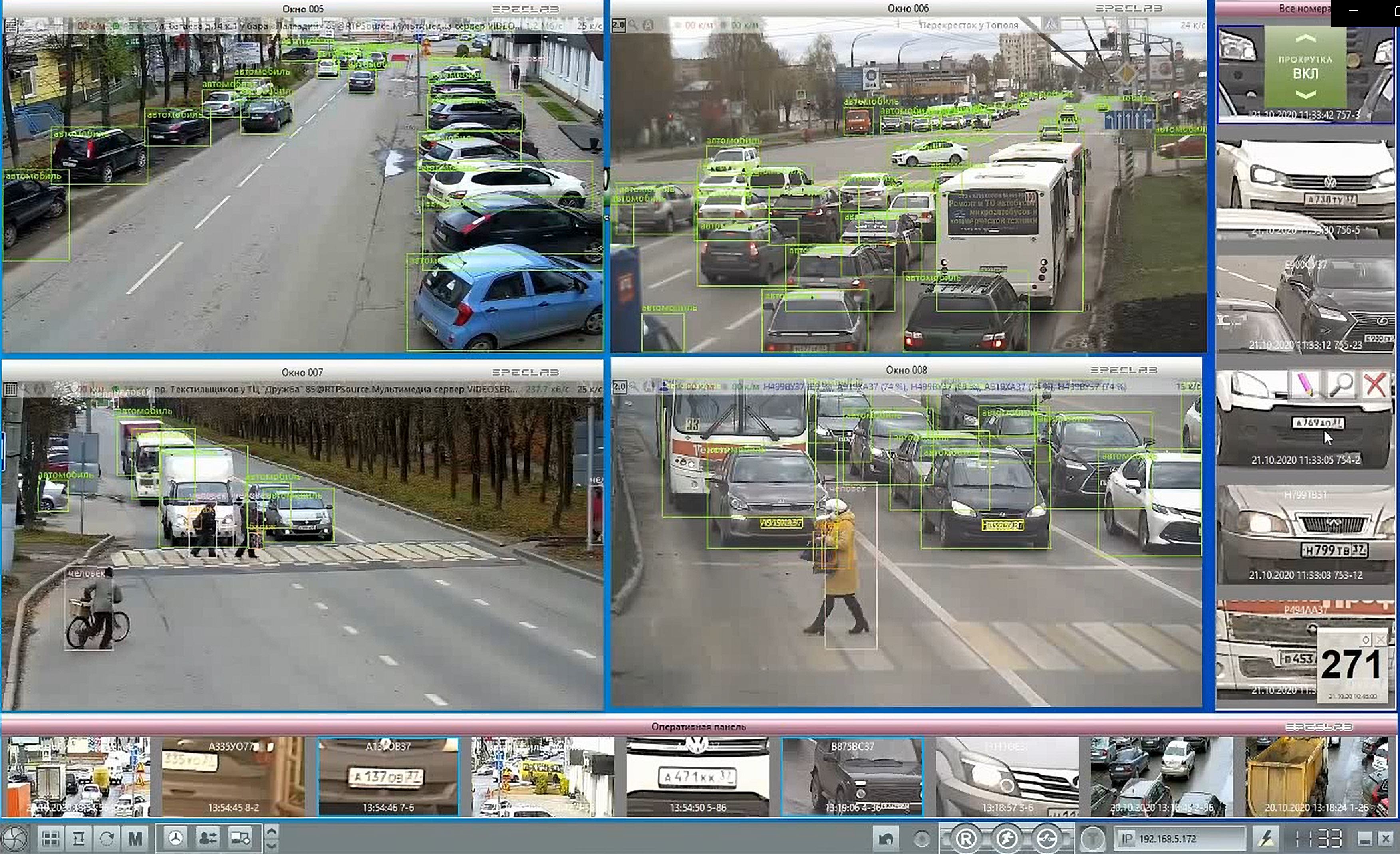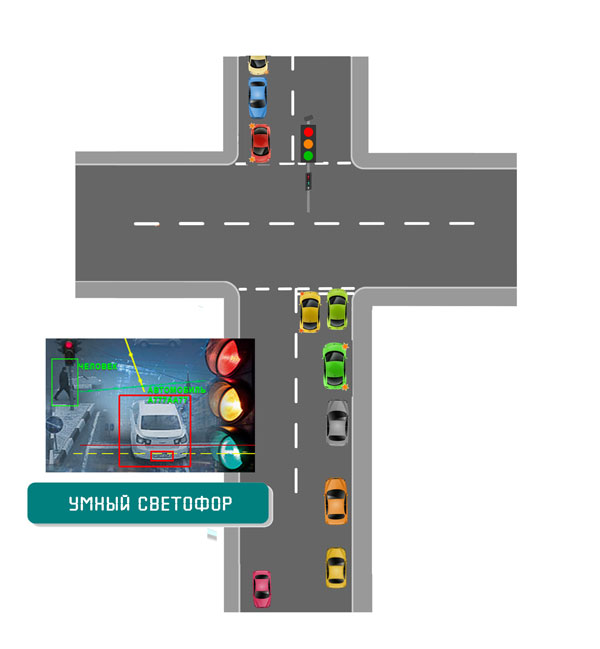From the old Smart Crossroads, which the Russians have recently begun to build, to the self-learning one.
There is an article here about what types of Smart Traffic Lights are, but it describes devices from the last century, so it might be interesting to learn about today's technologies. So, the types of Smart traffic lights that can already be seen at the intersections of cities:
Adaptive works at relatively simple intersections where the rules and possibilities for phase switching are quite obvious. Adaptive control is applicable only where there is no constant load in all directions, otherwise it simply has nothing to adapt to - there are no free time windows. The first crossroads on adaptive control appeared in the United States in the early 70s of the last century. Unfortunately, they have reached Russia only now, their number, according to some estimates, does not exceed 3,000 in the country. (Often under the same name we mean ordinary traffic light objects, the algorithms of which change depending on the time of day and days of the week. The terminology in Russia is still very bad, here we are definitely not discussing time adaptation.)
Neural network - a higher level of traffic regulation . Neural networks take into account a lot of factors at once, which are not even always obvious. Their result is based on self-learning: the computer receives data on the throughput on the air and selects the maximum values by all possible algorithms so that in total from all directions in a comfortable mode as many vehicles as possible pass by in a unit of time. How this is done, programmers usually answer - we do not know, a neural network is a black box, but we will reveal to you the basic principles ...
( , , . GPS GLONASS , , . , . , , . , .)
: . - , . . .. , - : – .

, , : , .
, . «» , . , , . , Ferrari , - . «» . , , – . .

, – 15% , , . , , , .
, . , «», , . . , - , .
, :
1. .

: – , – . ( – .)
- : - – . - – . , – - . . – . … .
2. .

, , . , . . , ? - .
- , – . !
, , , . , , - . : , , . , – .
: – , – , , – . . - , . – .
- : . , - . - , . . : - , - . .
- : ! - , . , . , 300 /. , .
, , – , , – . , , , . , . , , , , .
, - , . , , . – ! . , . – , .
3. .

, , , , : , ?
, - , . , ? , , ? 569 ? , - - ?
, : - ? – , , : , . . , .
: - , . – , : . . « – »: , – , – .
, : - ! – ! ? , 5 . , 5 – , 3 . . , .
. , : , . : , , .
, , . – , . , . , . – .
, , , , : , .
30% . , 60%, ? ? ? , – : - , - 50% . , ? , : , , , ( , ?). , «», .
- , : - - ? – , !
? , ( ) . , , , . – . , 30- ! , , – .
…, ! . , . , ? - 99,999999999999…% .
– , . , . , – , . « » , 3 . , «». : , .
3 !
: - , 3 , , – – ! – « ». , , , , , . .. 3 4- , – . , .. , . .. . !
, . , - ! – . , , . , .
.
. 4 . . , , , .
!
. . , .
: ! , , , . , «» . , – , 50 . .
, , : , , , - , . . , - : , , , , … , – .
« » . , , . .
, , , , .
For the sake of information, I must add that in a dozen years another type of Smart traffic lights will come - Communication. Already today, Volvo cars are equipped with equipment capable of transmitting data about themselves to all interested traffic control systems. You don't even need cameras. But for this it is necessary that all the old models rusted. Although it is possible that such devices will become mandatory - just like autolocators on airplanes, which were introduced after one of the air crashes. Of course, useful and life-saving technologies may not reach Russia for a long time.